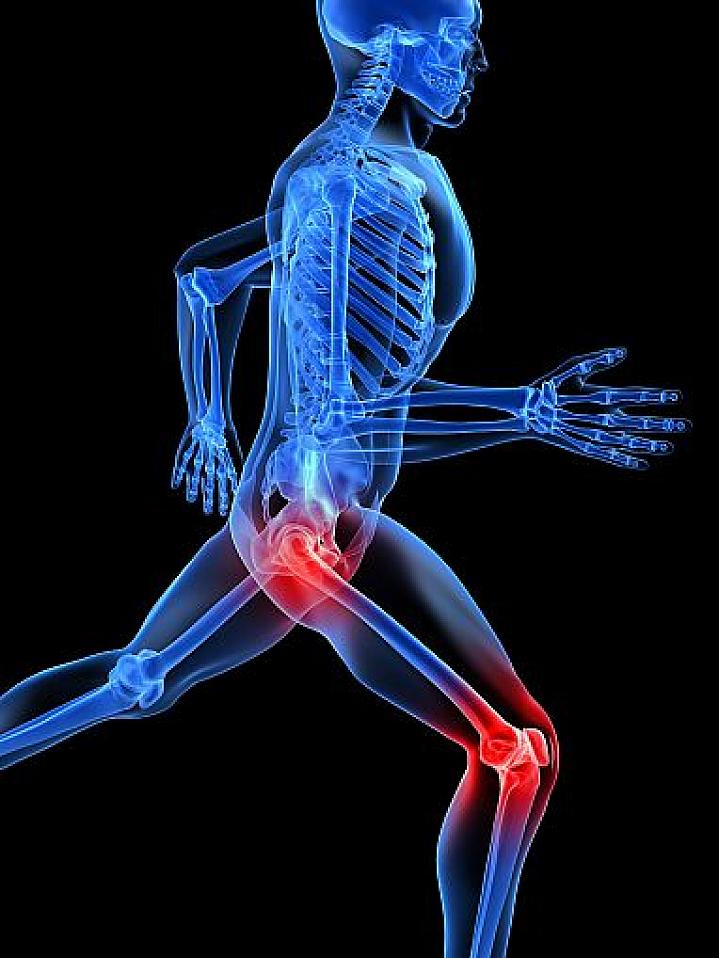Health Capsule
Arthritis Mechanisms May Vary by Joint
 Molecular differences between knee and hip joints with rheumatoid arthritis may inform more personal treatment strategies. Sebastian Kaulitzki / Hemera / Thinkstock
Molecular differences between knee and hip joints with rheumatoid arthritis may inform more personal treatment strategies. Sebastian Kaulitzki / Hemera / ThinkstockKnee and hip joints with rheumatoid arthritis have differing genetic markers linked to inflammation, suggesting that different joints may have varying disease mechanisms. These new findings may lead to more effective, personalized therapies for rheumatoid arthritis.
People with rheumatoid arthritis have swelling and pain in joints throughout the body. These problems arise when the immune systemThe cells and tissues that protect your body from invading viruses, bacteria, and other microscopic threats., which protects the body from germs and infections, mistakenly attacks the joints. For unknown reasons, different joints are affected differently in people with rheumatoid arthritis.
An NIH-funded research team previously found that certain cells in joints have unique patterns of chemical tags—called epigenetic markers—that differ between rheumatoid arthritis and osteoarthritis. Such tags can affect when genes turn on or off and can regulate immune function.
In the new study, the scientists examined epigenetic patterns in joint cells from 30 people with rheumatoid arthritis and 16 with osteoarthritis. Rheumatoid arthritis and osteoarthritis cells had differing patterns of epigenetic tags as expected. But unexpectedly, in patients with rheumatoid arthritis, the patterns in knee joint cells differed from cells in hip joints.
The scientists next assessed the affected biological pathways that distinguish different joints. Knee and hip joints with rheumatoid arthritis had differing activated genes and biological pathways. Many of these pathways were related to immune system function.
The team also found that new drugs for treating rheumatoid arthritis may affect some of these pathways. Their findings might offer an opportunity for developing more precise approaches to treating different arthritic joints.
“We showed that the epigenetic marks vary from joint to joint in rheumatoid arthritis,” says study coauthor Dr. Gary S. Firestein of the University of California, San Diego. “This might provide an explanation as to why some joints improve while others do not, even though they are exposed to the same drug.”
NIH Office of Communications and Public Liaison
Building 31, Room 5B52
Bethesda, MD 20892-2094
nihnewsinhealth@od.nih.gov
Tel: 301-451-8224
Editor: Harrison Wein, Ph.D.
Managing Editor: Tianna Hicklin, Ph.D.
Illustrator: Alan Defibaugh
Attention Editors: Reprint our articles and illustrations in your own publication. Our material is not copyrighted. Please acknowledge NIH News in Health as the source and send us a copy.
For more consumer health news and information, visit health.nih.gov.
For wellness toolkits, visit www.nih.gov/wellnesstoolkits.



